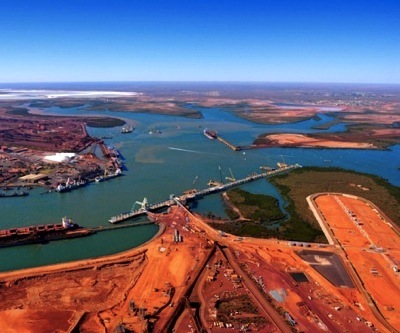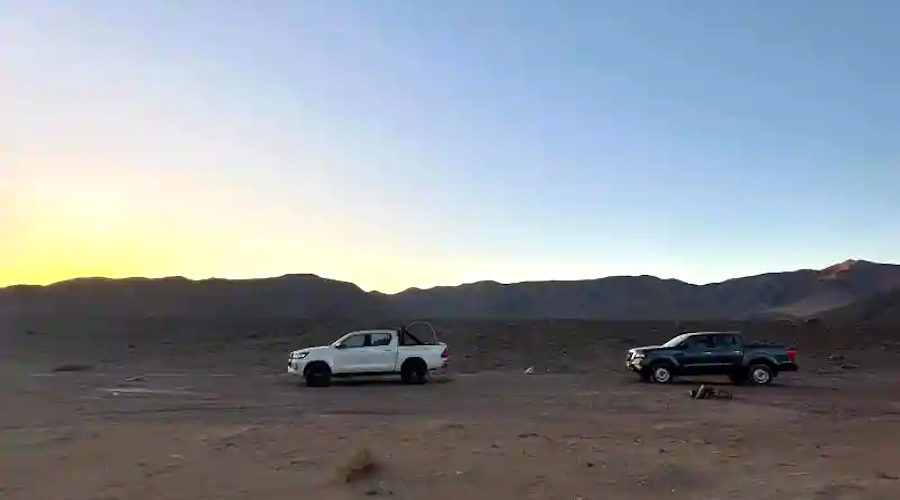Goldman: Iron ore price to decline next two years

Iron ore ended the week on a sour note falling to just above decade lows on Friday as bearishness overwhelms the sector on fears about the outlook for China, buyer of more 70% of the world’s seaborne ore.
Benchmark 62% Fe import price including freight and insurance at the Chinese port of Tianjin declined to $45.00 a tonne, the lowest since July 8 and down more than 5% for the week. 58% Fe ore at the Qingdao Port declined more than 1% to $42.00 a tonne, just 20c above its record low on a spot price basis. Both grades are down nearly 12% over the past month.
Today’s peg is also the second lowest on record since The SteelIndex began tracking the spot price in November 2008. Iron ore traded at $44.10 a tonne on July 8 this year, before bouncing back more than 9% the very next day. Today’s price compares with record highs above $190 a tonne hit in February 2011.
The China Iron and Steel Association reported this week that steel consumption in the country was down by almost 6% year on year during the January to October, a sharper than expected slowdown. That compares to a 3% slump in output so far this year after 30 years of growing production at the country’s steel mills.
Worldwide steel production fell 3.1% according to the World Steel Association, led by a 9% year on year drop in the US which did not benefit from new import duties levied by the US Dept of Commerce.
Declining demand in China and oversupply will keep prices under pressure for at least the next two year investment bank Goldman Sachs said in a research note released yesterday.
Platts News quoted Goldman as saying “prices must overshoot relative to marginal production costs in order to trigger mine closures on a sufficient scale” and the “divergence between production capacity and demand [is expected] to continue”:
“The collapse of an iron ore tailings dam at Samarco’s operations at Minas Gerais in Brazil a fortnight ago, with an estimated loss of approximately 2% of seaborne supply, has not had a significant impact on the supply glut.
“With two major iron ore developments — Roy Hill in Western Australia and Vale’s S11D development in Brazil — due to commence operations in the next 12 months and China’s steel consumption remaining lackluster, Goldman sees little upside in the fundamentals.”
The investment bank forecasts the iron ore price to average $44 a tonne next year versus $56.90 a tonne year to date 2015. In 2017 prices will hit $40 a tonne according to Goldman.
More News
{{ commodity.name }}
{{ post.title }}
{{ post.date }}




Comments
Art Easian
With due respect: If Goldman threw a watermelon out of the 20th floor window they could repeal the laws of gravity before it hit the pavement. My apologies to Rolling Stone Magazine for stealing the quote.